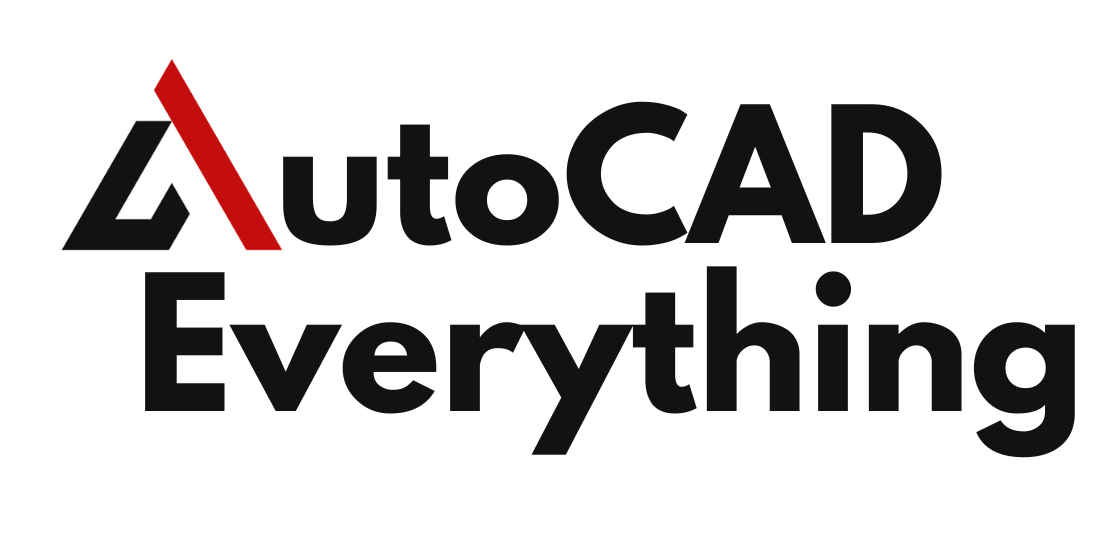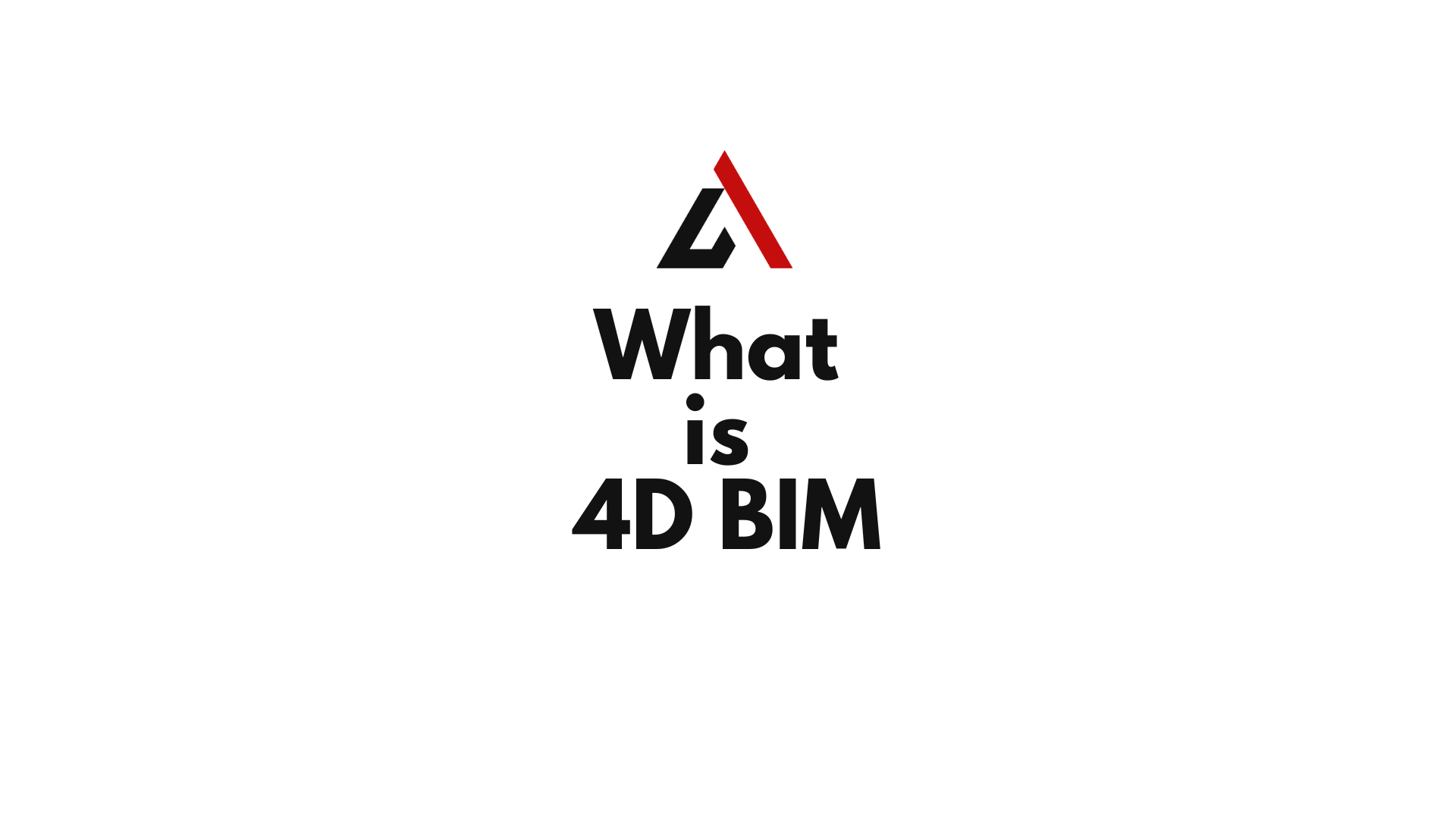Introduction
The construction industry is undergoing a digital revolution, with Building Information Modeling (BIM) at the heart of project innovation. 4D BIM extends traditional 3D BIM modeling by integrating time as the fourth dimension, allowing construction professionals to create a visual representation of project scheduling.
By linking project timelines, tasks, and construction sequences to 3D models, 4D BIM enables better planning, real-time progress tracking, and improved risk management. This technology is reshaping project execution, ensuring projects are completed on time, within budget, and with fewer errors.
This article delves into the concept of 4D BIM, its benefits, applications, and real-world examples, showcasing how time-based BIM is transforming the construction industry.
Table of Contents
Understanding 4D BIM: The Fourth Dimension of Construction
What is 4D BIM?
4D BIM is the process of adding a time component to a 3D BIM model to create a dynamic construction timeline. This allows project managers and stakeholders to visualize how a construction project will unfold over time, helping with scheduling, sequencing, and coordination.

How 4D BIM Works
- 3D BIM Model Creation – Develop a detailed 3D model of the structure.
- Scheduling Integration – Link the model with construction timelines, tasks, and schedules.
- Simulation & Visualization – Create time-based animations to visualize progress.
- Project Optimization – Adjust schedules based on risk assessments and constraints.
- Monitoring & Updates – Track real-time progress and adjust sequencing accordingly.
4D BIM vs Traditional Scheduling
| Feature | Traditional Scheduling | 4D BIM Scheduling |
|---|---|---|
| Representation | Gantt charts & spreadsheets | Interactive 3D visualization |
| Accuracy | Static and prone to human error | Dynamic and auto-updated |
| Collaboration | Requires manual coordination | Real-time cloud-based updates |
| Risk Mitigation | Limited foresight | Predictive analytics and clash detection |
| Time Efficiency | More revisions & rework | Optimized sequencing with fewer delays |
Benefits of 4D BIM in Construction Scheduling
1. Improved Project Visualization
With 4D BIM, stakeholders can see the entire construction process in an animated format, making it easier to understand complex sequences and dependencies.
2. Enhanced Scheduling Accuracy
By integrating real-time project data with the 3D model, teams can make better-informed scheduling decisions, reducing miscommunication and delays.
3. Risk Identification and Mitigation
4D BIM allows teams to simulate different scenarios, helping identify potential bottlenecks, resource conflicts, and safety hazards before they occur.
4. Better Collaboration and Coordination
By integrating with BIM collaboration platforms, 4D BIM ensures that contractors, architects, and engineers are aligned, leading to fewer conflicts and design errors.
5. Cost and Resource Optimization
Since 4D BIM enhances scheduling accuracy, it helps in better labor and equipment management, reducing overall project costs and wastage.
Applications of 4D BIM in Construction Projects
1. Infrastructure and Large-Scale Projects
4D BIM is widely used in bridges, highways, and rail networks, helping planners sequence construction activities and avoid disruptions to public services.
2. High-Rise and Commercial Buildings
For complex structures like skyscrapers, 4D BIM ensures that teams coordinate vertical construction efficiently, preventing scheduling clashes.
3. Hospital and Healthcare Facilities
Hospitals require precise phasing and sequencing due to strict regulations and the presence of ongoing medical services. 4D BIM helps plan non-disruptive construction timelines.
4. Renovation and Retrofit Projects
For existing buildings, 4D BIM helps minimize downtime and disruptions, ensuring efficient remodeling without affecting operations.
5. Smart Cities and Urban Development
4D BIM plays a crucial role in city-wide infrastructure planning, helping governments and developers visualize long-term growth and urban expansion.
Real-World Examples of 4D BIM Implementation
1. Heathrow Airport Expansion (UK)
The Heathrow Airport expansion used 4D BIM to sequence construction activities, ensuring minimal disruption to existing airport operations.
2. Sydney Metro (Australia)
The Sydney Metro project utilized 4D BIM for clash detection and optimized scheduling, helping accelerate project timelines.
3. One World Trade Center (USA)
The iconic One World Trade Center used 4D BIM to manage complex construction sequencing, preventing conflicts between contractors.
How to Implement 4D BIM in Your Project
Step 1: Choose the Right 4D BIM Software
Several tools support 4D BIM scheduling, including:
- Synchro 4D (Popular for construction sequencing)
- Navisworks (Used for simulation and clash detection)
- Bentley 4D (Infrastructure-focused scheduling)
Step 2: Integrate with a 3D BIM Model
Ensure your 3D BIM model is accurate, with all design elements properly classified and linked to time schedules.
Step 3: Connect Scheduling Data
Use scheduling software like Microsoft Project or Primavera P6 to link construction tasks to BIM objects.
Step 4: Simulate and Optimize Sequences
Run simulations to identify clashes, delays, or inefficiencies and adjust schedules accordingly.
Step 5: Monitor and Update in Real-Time
Continuously track actual progress vs. planned schedules, updating the model to reflect real-world conditions.
Challenges in 4D BIM Adoption
| Challenge | Solution |
|---|---|
| High Initial Costs | Leverage cloud-based BIM solutions to reduce setup costs. |
| Software Learning Curve | Train teams using online resources and Autodesk/Bentley training programs. |
| Data Integration Issues | Use standardized BIM formats for interoperability. |
| Resistance to Change | Showcase 4D BIM benefits with pilot projects to gain stakeholder buy-in. |
Frequently Asked Questions (FAQs)
What is the difference between 4D BIM and 5D BIM?
4D BIM adds time scheduling to 3D models, while 5D BIM incorporates cost estimation, providing real-time budget tracking.
How does 4D BIM improve project management?
4D BIM provides visual scheduling, risk mitigation, and progress tracking, reducing delays and miscommunication.
Can 4D BIM prevent construction delays?
Yes! By visualizing the project timeline and detecting potential clashes, 4D BIM minimizes unexpected delays.
Is 4D BIM expensive to implement?
While initial costs can be high, cloud-based solutions and efficient project execution result in significant long-term savings.
What industries benefit from 4D BIM?
4D BIM is used in construction, infrastructure, healthcare, commercial buildings, and smart city planning.
Conclusion
4D BIM is revolutionizing project scheduling and construction planning by integrating time-based simulations with 3D models. By enabling real-time visualization, risk mitigation, and optimized sequencing, 4D BIM helps teams deliver projects on time and within budget.
As construction companies embrace digital transformation, 4D BIM will become an industry standard, ensuring smarter, more efficient, and sustainable project execution.

